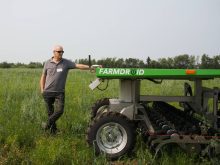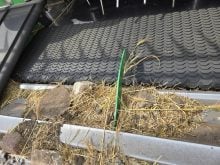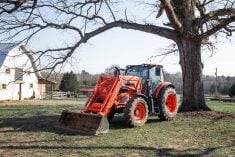Most North American oat varieties lost their natural resistance to rust during the transition from their origins in Afghanistan, Iran, Iraq and Turkey.
By returning to the varieties that lived in that primordial place, researchers at Winnipeg’s Cereal Research Centre hope to find ancient resistance.
“They’ve grown up, evolved with the races of the pathogen, so they’re a lot more readily resistant,” Agriculture Canada oat breeder Jennifer Mitchell Fetch said about the weedy oat relatives living across the vastness of central Asia.
Read Also

Bio-fumigation may become new use for mustard
Mustard is great on hot dogs, but innovators in Western Canada have developed a new mustard variety for a different market — bio-fumigation.
Mitchell Fetch and other researchers hope to identify the genes involved in natural resistance to rust in these wild forms of oats and transfer it into commercial varieties.
It’s not an easy process. Commercial North American oats and wild Asian oats have different numbers of chromosomes, so bridging varieties are needed to allow the transfer to take place.
Researchers won’t be using genetics from North American wild oats, however, because they have little resistance to rust.
“They act more as a magnet for the disease,” Mitchell Fetch said.
The first commercial oats grown in North America brought rust resistance with them, but for decades breeders have focused on other crop concerns, such as end use quality, ease of harvesting and nutritional availability for horses. As a result, rust resistance faded away.
Mitchell Fetch said the newfound strength of rust on the Prairies has returned breeders’ attention to disease resistance, which should greatly improve it over time.















